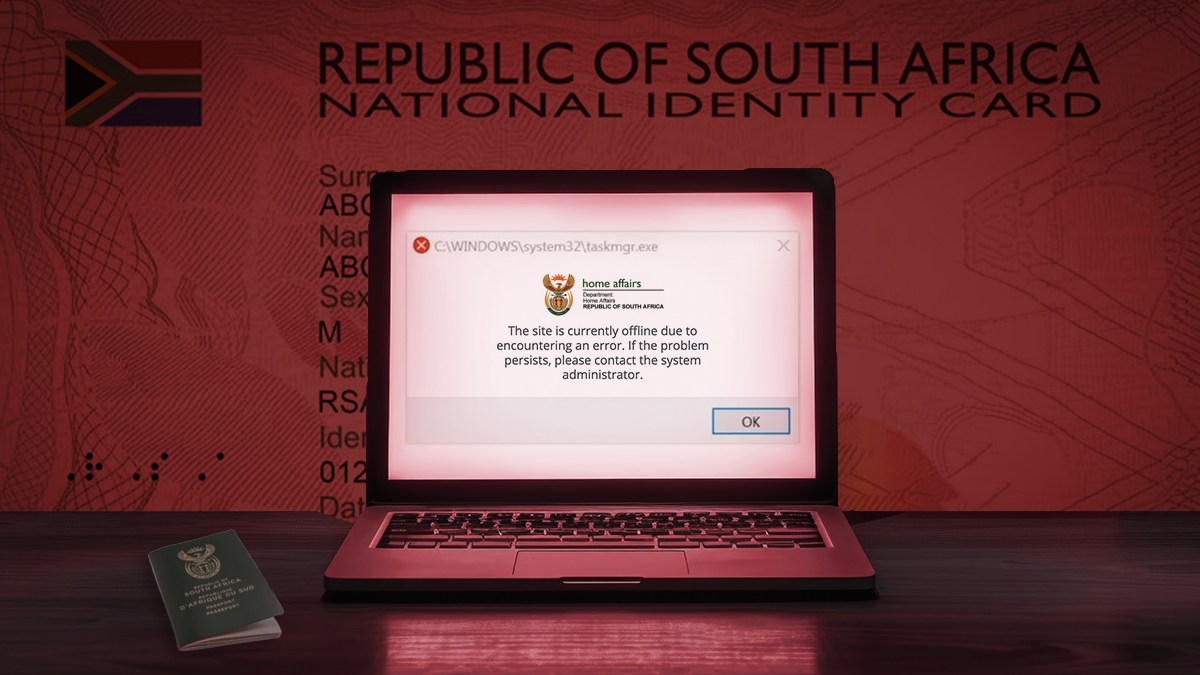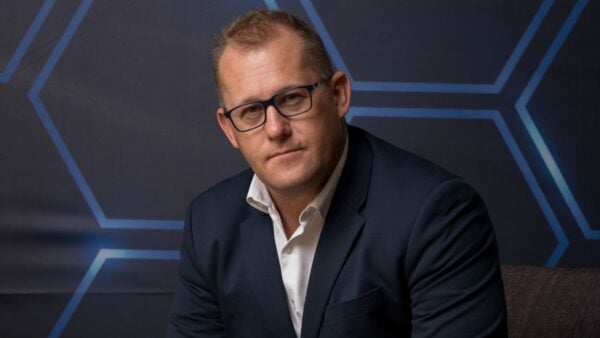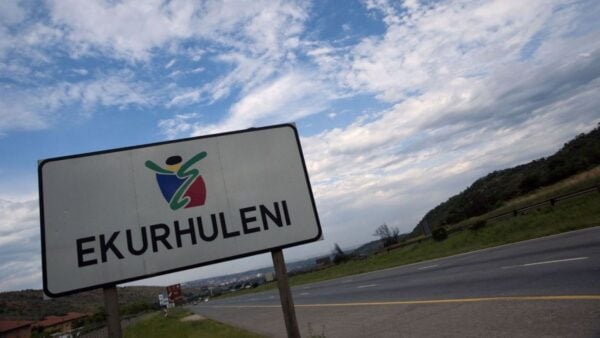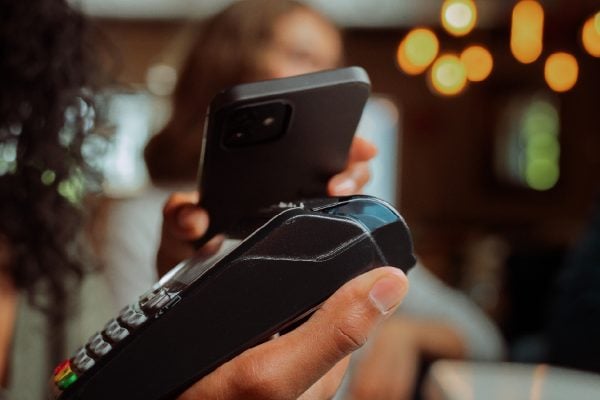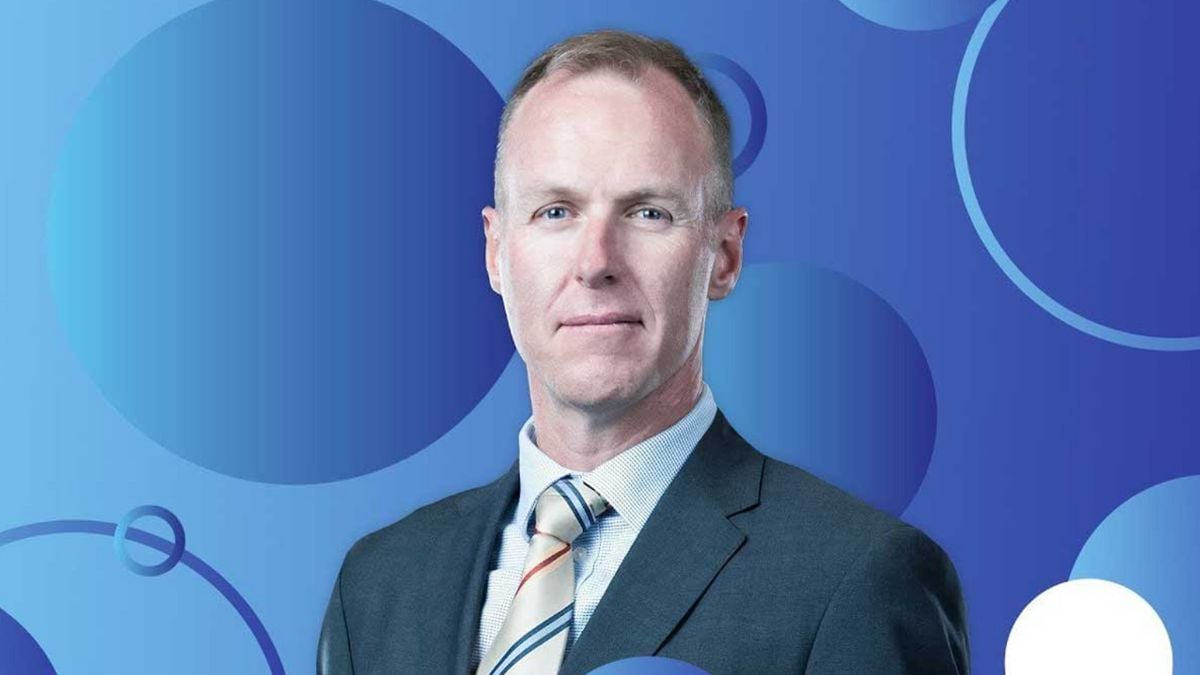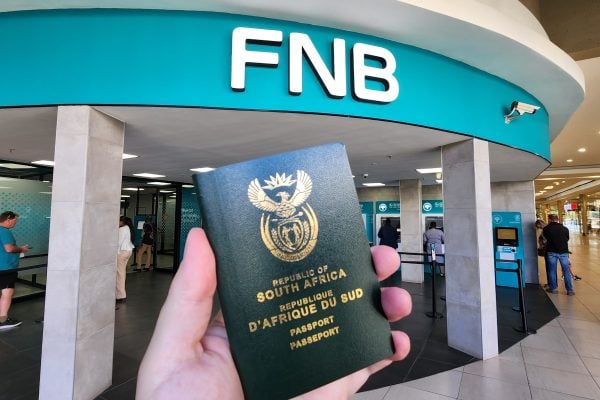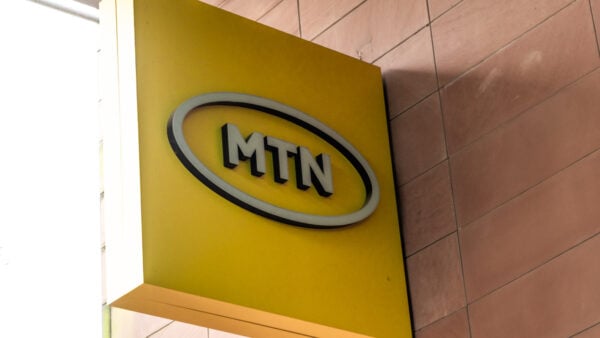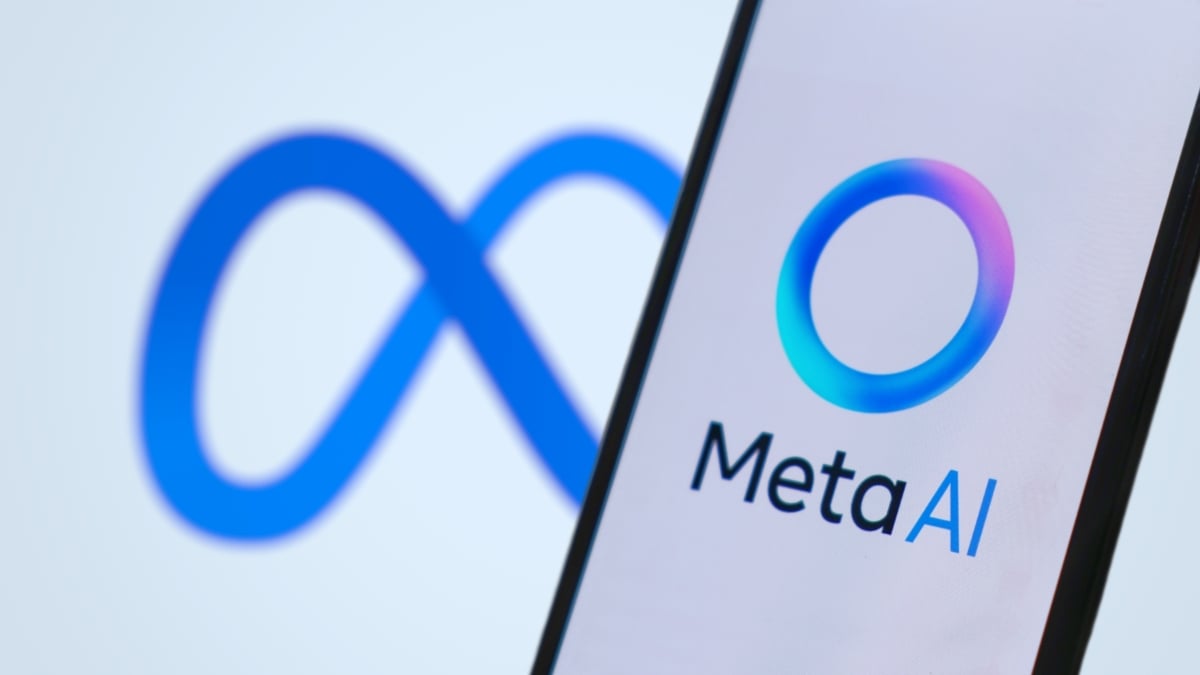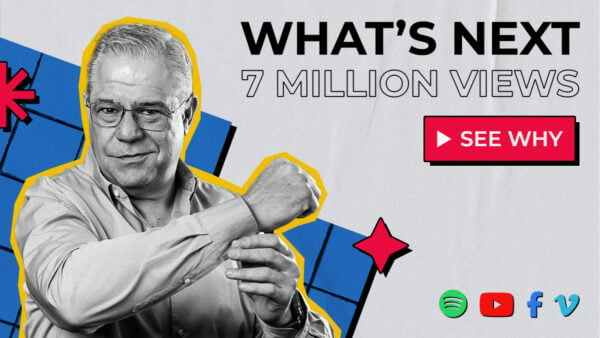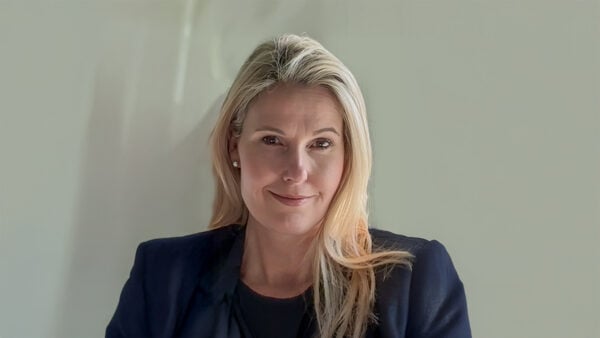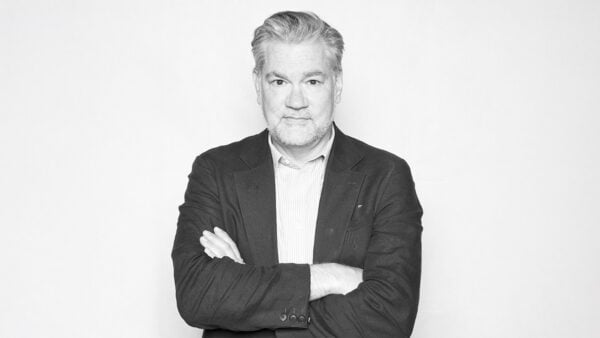The South African woman fighting for universal affordable Internet
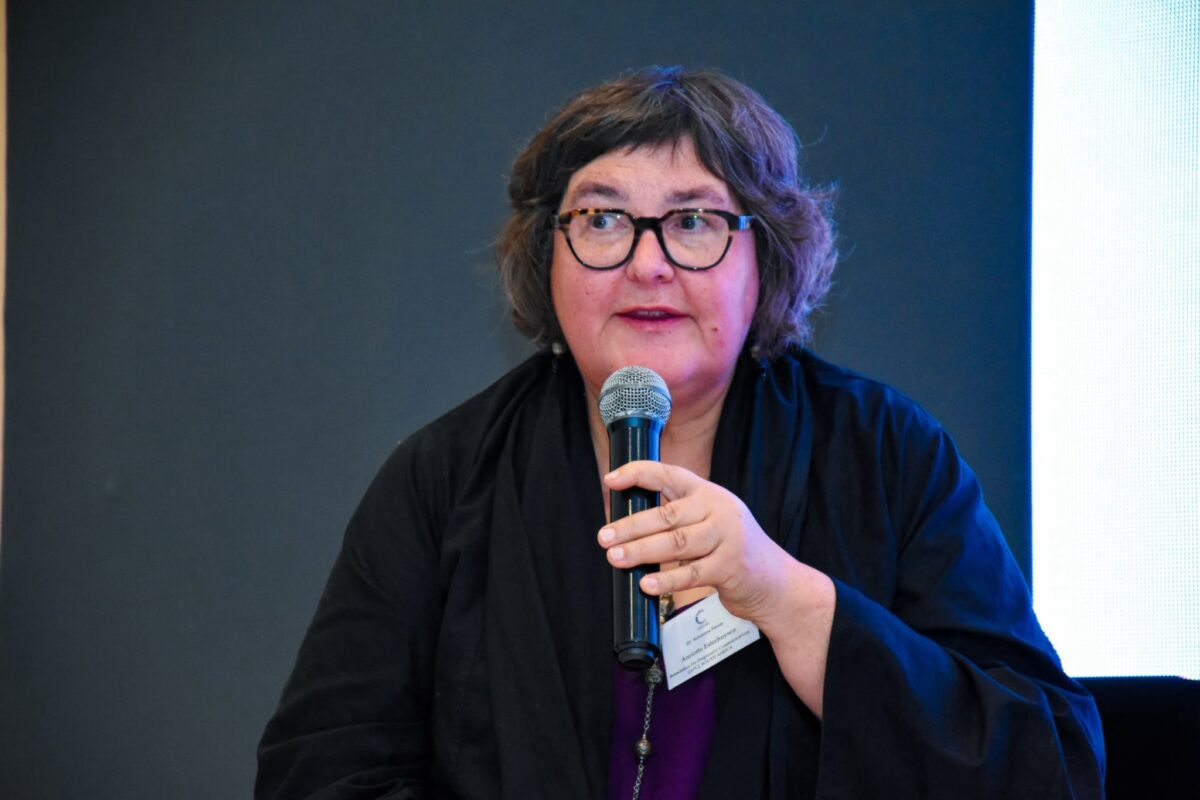
Anriette Esterhuysen, a 2013 inductee into the Internet Hall of Fame, has spent her career in Internet governance and advocating for broader and more affordable Internet access, including stints at the United Nations.
She attended Port Natal Hoërskool in Durban and studied at the University of the Witwatersrand, where she completed a BA majoring in History of Music and Sociology.
After her undergraduate degree, she earned a postgraduate diploma in Information Studies and Library Science. A few years later, she also obtained a BA Honours in Musicology.
She got her start in the computer networking sector while working for the South African Council of Churches in libraries and documentation centres for human rights activists during the Apartheid era.
Esterhuysen told MyBroadband that the late Archbishop Desmond Tutu got involved in using pre-Internet bulletin board systems (BBS) running on Fidonet in the late 1980s.
“Through running training on using automated free text indexing services and early email networks, I joined the board of WorkNet which later became SANGONet,” she said.
SANGONet is an acronym for the Southern African NGO Network, a civil society organisation that was founded in 1987.
In her capacity as a trainer and board member, Esterhuysen said she connected with people from the Association for Progressive Communications (APC) and the United Nations PADIS network in Addis Ababa.
“While executive director of SANGONet — which no longer exists — we collaborated with Randy Bush and others to provide email and other forms of connectivity, including early search engines like WAIS and Gopher, to African universities,” she said.
Randy Bush later helped establish the first true Internet link between the United States and Rhodes University in the Eastern Cape, with him operating the US side of the connection.
Rhodes University director of computing services Mike Lawrie and a small team set up the South African side from parts they begged and borrowed from wherever they could.
However, that would only happen in 1991. In the 1980s, the protocols that make up the modern Internet were still not widely adopted.
Many people and organisations like SANGONet were using precursor technologies like BBSes to communicate and share data between computers over regular telephone lines.
“We were connecting some universities, such as in Malawi, Zimbabwe, and Zambia, while Rhodes University did others,” Esterhuysen said.
“We all collaborated and Mike Lawrie was a great connector. He gave us at SANGONeT a Uninet leased line even though we were not an academic institution.”
Esterhuysen said the short version of a rather long story was that she was first involved in nuts-and-bolts connectivity work for many years before becoming involved in Internet governance.
“That is why I have this rather dubious membership of the Internet Hall of Fame,” she quipped.
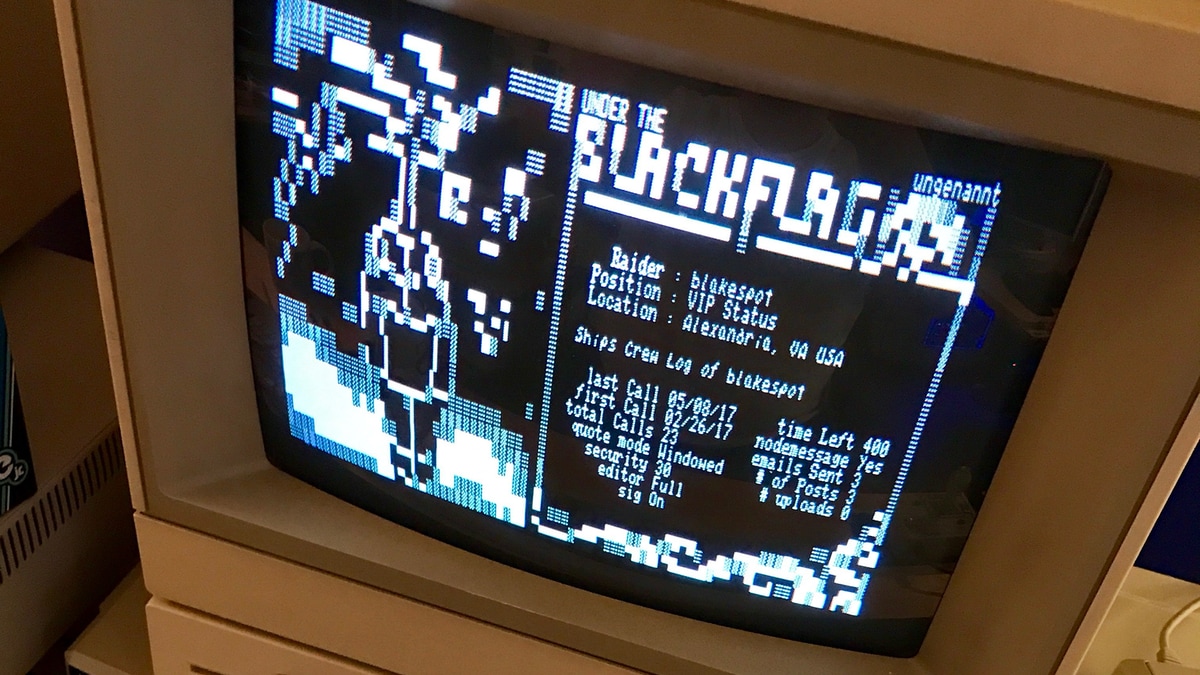
According to Esterhuysen, her move into Internet governance happened gradually.
“By 2000, I had joined APC.org as executive director globally, and governance became a big part of my work,” she said.
Her particular interest was making sure that the Internet became available to everyone, everywhere, and in ways that enabled them to exercise human rights and improve their lives.
“It became clearer to me that the only way of really finding a common language with governments — most of whom, in Africa anyway, were more concerned about the risks of the Internet rather than its potential — was through policy and governance.”
This work eventually led to Esterhuysen’s appointment by the UN Secretary-General as chair of the UN Internet Governance Forum’s (IGF) Multistakeholder Advisory Group (MAG) from 2019 to 2021.
“I served as a voluntary chair of the UN IGF MAG for two years. Prior to that, I was a member of the same body from 2012 to 14,” said Esterhuysen.
The position entailed advising the UN Secretary-General on convening the global Internet Governance Forum by coordinating the efforts of 40 people from around the world appointed by him as MAG members.
Twenty are from governments, the rest are from business, the technical community and civil society.
“I had to work closely with the Secretariat of the UN IGF MAG, who does most of the heavy lifting,” she said.
“The IGF also does work throughout the year — it is not just a conference — in the form of policy networks, best practice forums, and so on. The MAG has to support this activity as well.”
Nowadays, Esterhuysen works as a consultant. A large chunk of her time goes to the Association for Progressive Communications, where she serves as Senior Advisor on Internet Governance.
She also convenes the African School on Internet Governance, AfriSIG.org.
Asked if there was a particular Internet issue she would like to highlight, Esterhuysen said digital equality remains a topic worthy of more attention.
“There is so much focus on ‘new’ digital challenges, like AI paranoia and concern about cyberattacks — which are all relevant,” she said.
“But our major challenge in South Africa and the rest of the continent is that so many people still are not able to have even basic access. Internet penetration in Africa is around or just below 40%.”
She said that in South Africa, there was still a lack of consistently effective and inclusive access to digital public services. Poor digital skills remained the norm.
“And we are an African success story — or one of them,” she said.
“We have some good policy frameworks and several people in government have great intentions, but we need more collaboration and more action.”
Esterhuysen said we also need governments — not just in South Africa — to invest in human capacity, education, digital skills, and lower barriers to entry for local solutions.
This includes community-driven connectivity and networks, so there could be less reliance on big telcos and more on smaller and medium-sized IT businesses working with schools, local governments, and community organisations.
“Until there is more baseline digital inclusion and equality, every cent and we put into digital development will not generate a truly effective return on investment,” Esterhuysen said.

